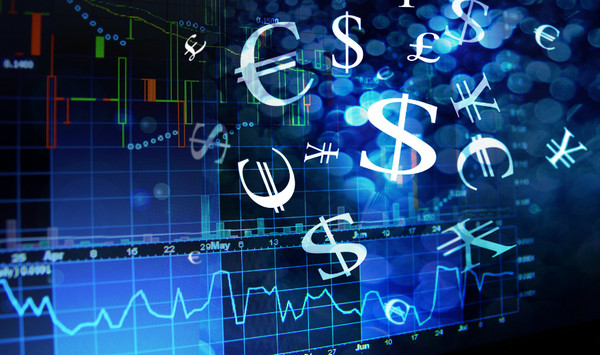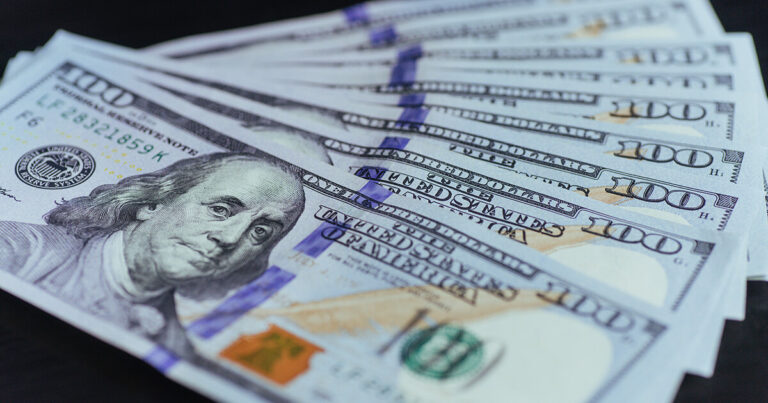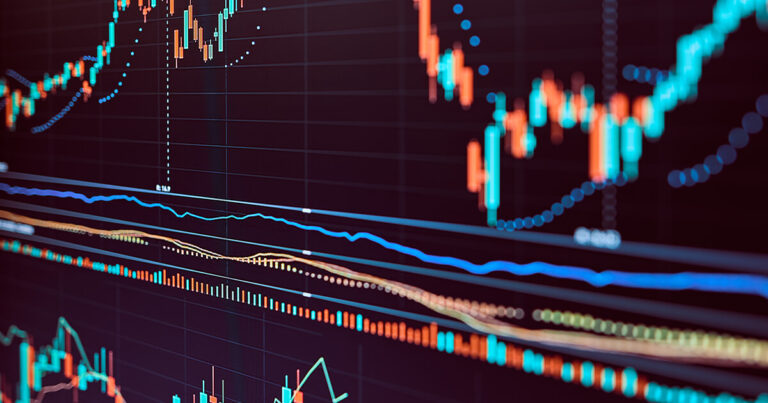Forex Exchange is the transaction between two currencies when one is traded for the other. An example is swapping Pounds for the U.S. dollar. It has its unique market, which is known as the Forex Market.
The market chooses the value, which is also known as the exchange rate in the forex of most currencies. Well, the foreign currency could be so simple such that changing currency in a local bank defines it.
It could mean more like a transaction of currencies on the foreign exchange market. An instance is a trader believing that a central bank will tighten or ease monetary policy such that one currency has more strength than another one.
Why is the exchange rate important?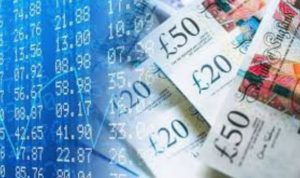
There are essential determinants that show the level of a country’s economic health. The most significant three are;
- Interest rates
- Inflation
- Exchange rate
The exchange rate plays a vital role in the level of trade of a company, which is necessary for every free-market economy in the world.
Hence, commercial professionals pay attention to the exchange rate, analyze it, and, if possible, manipulate it using some governmental economic measures.
More so, in small scale business matters, the exchange rate in forex influences the return of an investment’s portfolio. Therefore, the influence of the exchange rate affects both small and large scale businesses.
What is the floating exchange rate?
The floating exchange rate is also known as a flexible exchange rate. The floating exchange rate is a kind of exchange rate where the value of the currency is left to fluctuate as a response to the activities of the foreign exchange market.
The floating currency operates using a floating exchange rate. It is contrasting with a fixed currency. It is also important to note that the private market determines the floating exchange through demand and supply.
What is the fixed exchange rate?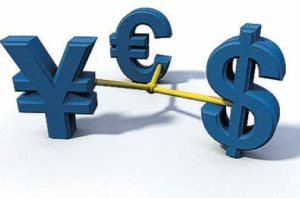
The fixed exchange rate is also known as the pegged exchange rate. The fixed exchange rate is different from the floating exchange rate because the fixed exchange rate explains an exchange rate where the value of the currency is pegged or fixed by a monetary authority, which is against the cost of a different currency.
This monetary authority could be the government or central bank. It sets and maintains the new official exchange rate. It could also be against the value of other currencies or other entities like gold.
Fixed Vs Floating Exchange Rate
 The fixed exchange rate is different from the floating exchange rate. These differences lie in the benefits and risks that are related to it. For example, a fixed exchange rate is used to stabilize the exchange rate of a currency.
The fixed exchange rate is different from the floating exchange rate. These differences lie in the benefits and risks that are related to it. For example, a fixed exchange rate is used to stabilize the exchange rate of a currency.
This stabilization is possible because one can directly fix the value of a currency in an already determined ratio to a separate, more stable currency, which is also prevalent internationally as compared to the pegged currency.
Hence, the exchange rate between the peg and the currency does not change due to market circumstances. It is unlike a floating or flexible exchange rate. As a result, it is easier to make deals, investments, and trades between the two currency areas.
Also, it becomes easy to predict how the trades, transactions, and investments will turn out. However, this is more useful for small economies which borrow money in foreign currency or businesses that have foreign currency as a more significant part of their GDP.
A fixed exchange rate in forex regime is also employed to direct how a currency behaves by reducing rates of inflation. To do this, there is the reference value which controls the pegged currency.
By implication, this means that when there is a rise or fall in the reference value, the same trend applies to the pegged currency, which is in association with other currencies or goods that can be traded. Hence, we can say that a pegged currency is a function of its reference value, which determines the current worth at any particular time.
Which exchange rate is better?
To determine which exchange rate in forex is better is quite arguably because they have various benefits and usefulness. For example, a monetary authority like the government can choose to have a crawling or floating peg.
This implies that the government can, at various times, reassess the value of peg and change its rate accordingly. Of course, this leads to devaluation, yet, when it is controlled, it prevents market panic.
The approach is most times used in the change from a peg to a flexible regime because the government can save its face and not be forced into intense devaluation after the crisis has arisen.
Even though the peg currency has been useful in designing monetary stability and global trade, still, it is appropriately used when all the major economies had a part in it. Also, a floating currency is not without its shortcomings.
It remains a more effective means of choosing the long-term value a currency has and how to arrive at a balance in the international market.
Nevertheless, pegged currency does not have zero significance, but floating currency seems to be the better deal.
Related terms to Exchange Rate concepts
Crawling peg
A crawling peg refers to a platform of exchange rate adjustments where a currency that has a fixed exchange rate can fluctuate in its rates. The par value of any currency used, and the rates can be adjusted as many times as one wants. More adjustments can be made during a high exchange rate of volatility.
Crawling pegs are essential and used to adjust currency moves whenever factors such as economic instability or inflation threaten the level of devaluation. Crawling pegs ensure a stable exchange rate.
How does crawling peg work?
Crawling peg brings about a stable exchange rate when the central bank of the country who has the pegged currency can sell or buy their currency on foreign exchange markets. The buying and selling soak up extra selling and supply when there is a rise in demand. The pegged country can choose to sell or buy the currency, which is against the pegged currency.
In days of high volatility and volume, the central bank of the pegged country can coordinate their activities with other central bank’s intervention. All these measures will produce a stable exchange.

